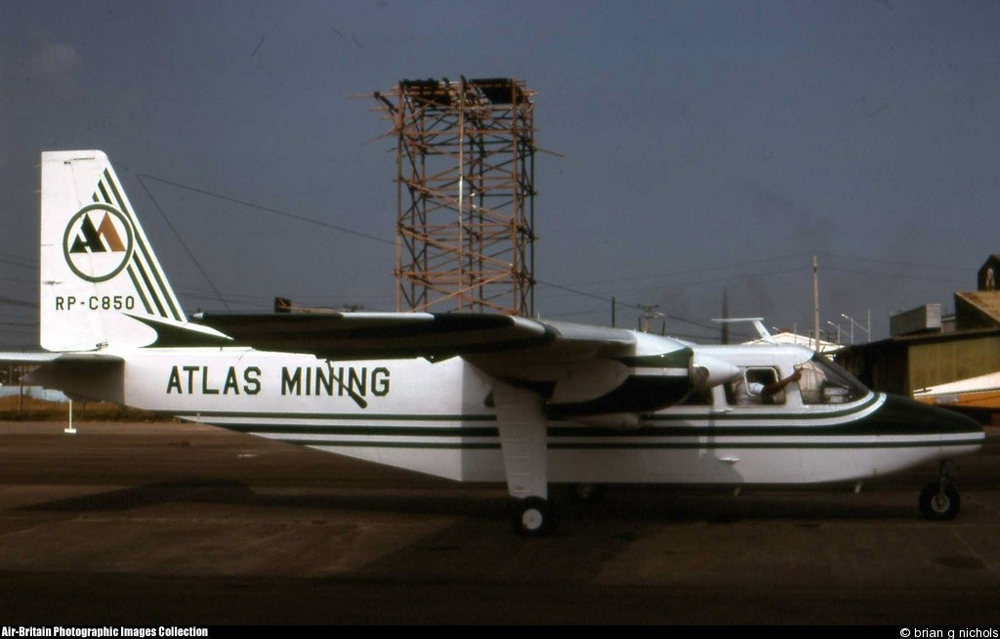Crash of a Beechcraft A100 King Air in Brooksville
Date & Time:
Nov 8, 1986 at 0616 LT
Registration:
N78L
Survivors:
Yes
Schedule:
Brooksville – Miami
MSN:
B-167
YOM:
1973
Crew on board:
1
Crew fatalities:
Pax on board:
0
Pax fatalities:
Other fatalities:
Total fatalities:
0
Captain / Total hours on type:
150.00
Aircraft flight hours:
5500
Circumstances:
The pilot stated that shortly after departure the cockpit filled with smoke. While returning for landing his visibility was reduced due to the smoke and ground fog. On landing roll the the aircraft ran off the left side of the runway, went through a cow fence and came to rest against a tree. A post crash fire erupted in the left wing area where a fence post punctured the wing and the aircraft was destroyed by the fire. The cause of the smoke in the cockpit could not be determined. The pilot, sole on board, escaped with minor injuries.
Probable cause:
Occurrence #1: airframe/component/system failure/malfunction
Phase of operation: climb - to cruise
Findings
1. (f) other system - smoke
2. (c) reason for occurrence undetermined
----------
Occurrence #2: forced landing
Phase of operation: descent - emergency
----------
Occurrence #3: on ground/water collision with object
Phase of operation: landing - roll
Findings
3. (f) weather condition - fog
4. (f) light condition - night
5. (f) other system - smoke
6. (c) visual lookout - not possible - pilot in command
7. Object - fence
8. Object - tree(s)
Phase of operation: climb - to cruise
Findings
1. (f) other system - smoke
2. (c) reason for occurrence undetermined
----------
Occurrence #2: forced landing
Phase of operation: descent - emergency
----------
Occurrence #3: on ground/water collision with object
Phase of operation: landing - roll
Findings
3. (f) weather condition - fog
4. (f) light condition - night
5. (f) other system - smoke
6. (c) visual lookout - not possible - pilot in command
7. Object - fence
8. Object - tree(s)
Final Report:






